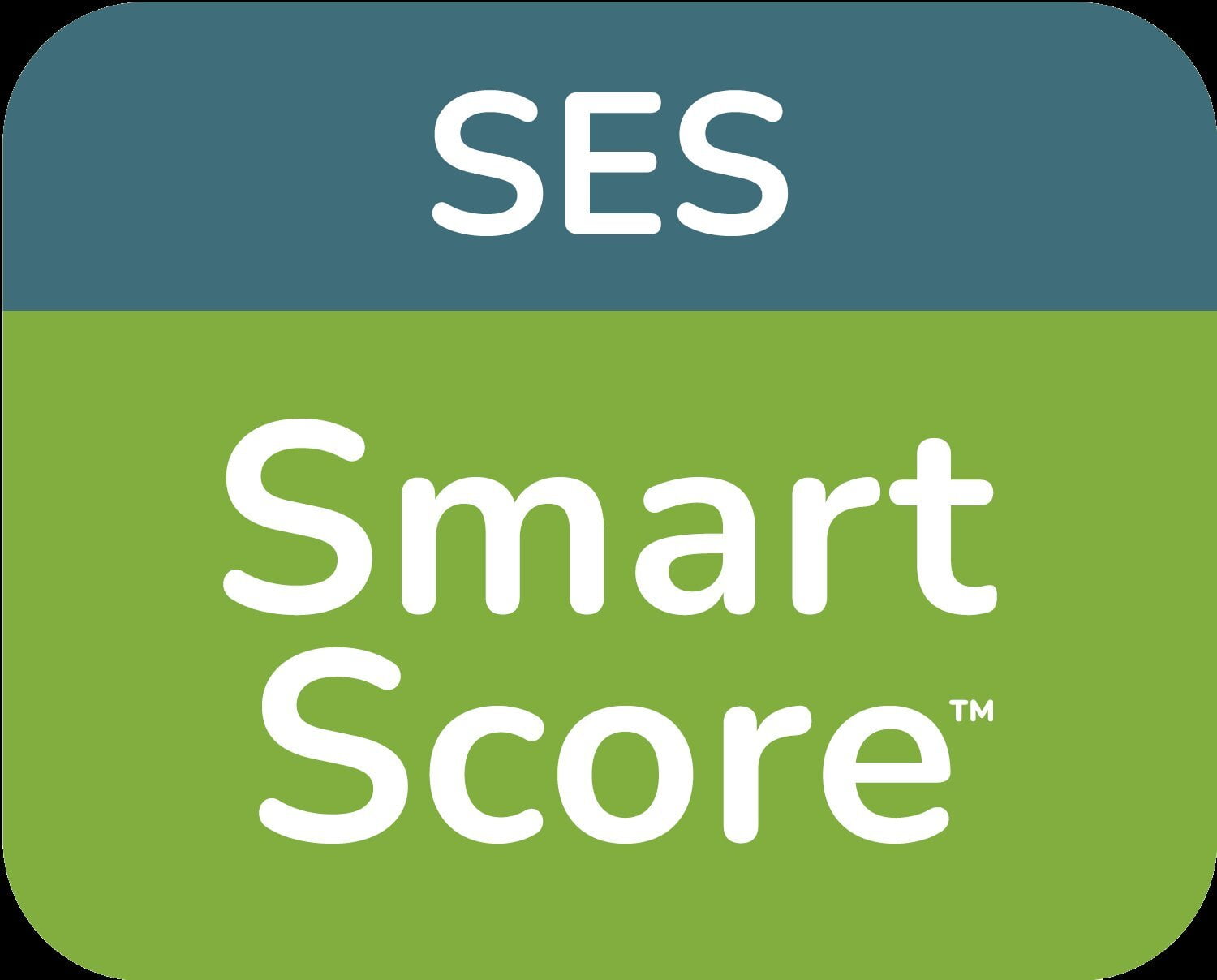In addition to working as a high school teacher and administrator, I served on my local school board for 9 years — half of that time as the chair. And I can tell you that questions — and misconceptions — about proficiency-based scoring and reporting will certainly arise. What’s the best way to be proactive with your school board?
As school board members, we all are driven by one overarching question: how can we support and improve the overall educational experience for all of our students? Remember that questions and pushback from the school board almost always come from a genuine desire to answer that question. Addressing things early on will prevent headaches later in the process.
#1. School boards are driven by results…and the fear of backsliding on earlier gains. Be sure to communicate to your board that proficiency-based scoring and reporting is a step forward in how we coach students and communicate results. For example, PBSR creates a more rigorous curriculum because it separates compliance factors (e.g. raising your hand, following the dress code) from performance factors (e.g. how well can they write a 5-paragraph essay?). Both are important to communicate to parents and students, but when we separate the two it’s far easier to determine where a student needs additional help. And this improves student performance.
#2. Board members are concerned about how any changes will be received by the parents and community. Be prepared to share with your board the plan to communicate PBSR with parents and students. Will you send emails to parents? Talk face-to-face during conference days? Discuss at the annual open house? Additionally, share with the board how you plan to survey your parents and students to get their feedback on the system. School boards always feel much better when there is a concrete plan in place.
#3. Be aware that most school board members are ordinary citizens, with little or no education training. For many school boards, the only K12 education experience we have is from our days as students…a long time ago! Things that you take for granted, having worked in the field for years, may not be so obvious to board members. Focus on why this is good for kids and why it will produce better results. Present the case study from Ashland Middle School in Oregon. AMS has used PBGR for several years, including during the pandemic. AMS fared far better than other schools in the state, and the most recent Smarter Balanced scores reflect that. PBSR works.
If you’re my age, you’ve probably heard the phrase “Nobody ever got fired for choosing IBM.” In other words, people like to make the “safe” choice. Proficiency based scoring and reporting is proven safe — and effective! By communicating this message to your school board, they can become valuable allies as you move forward.
Feel free to comment on tips for successfully presenting proficiency based scoring to your school board (or pitfalls to avoid!)

